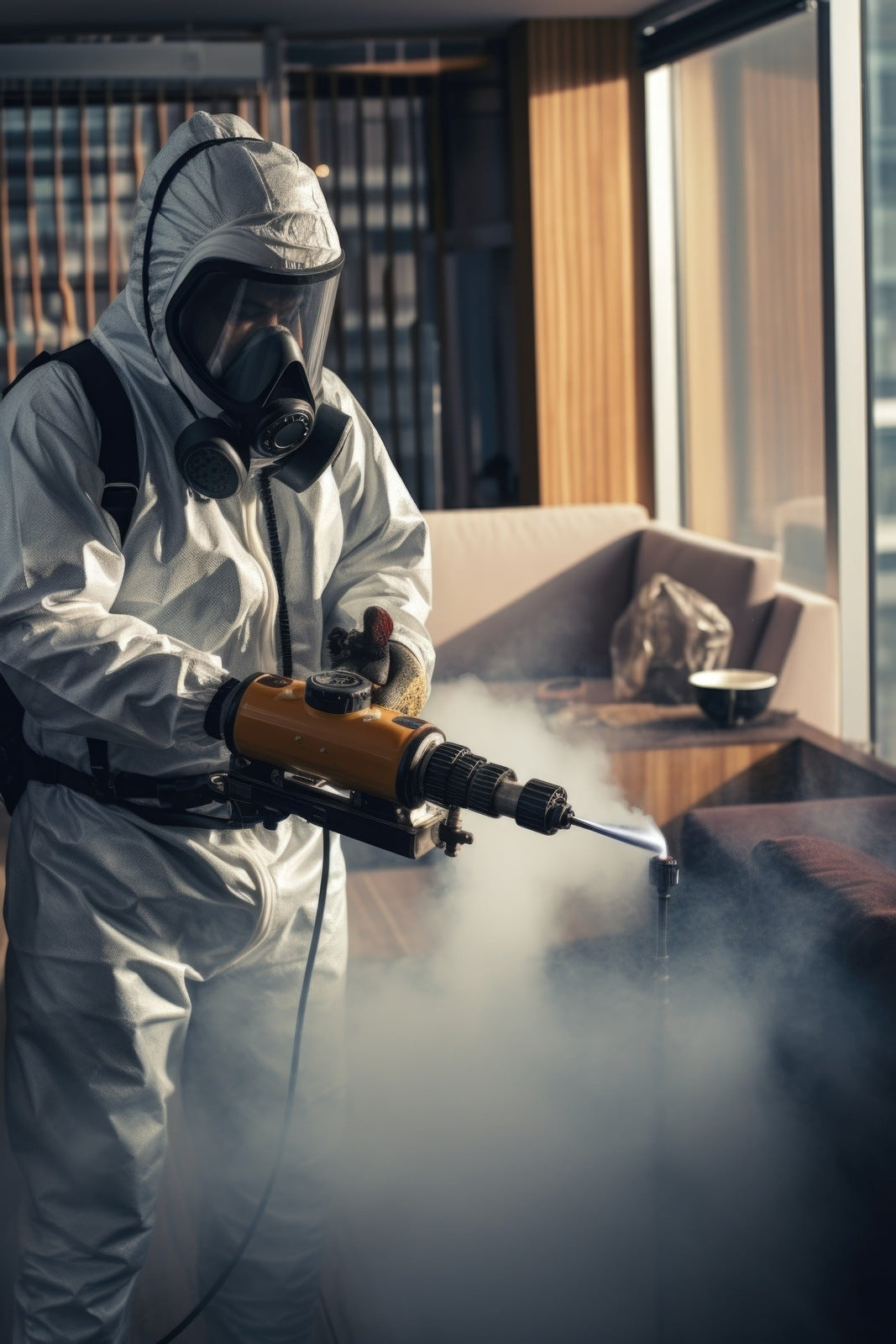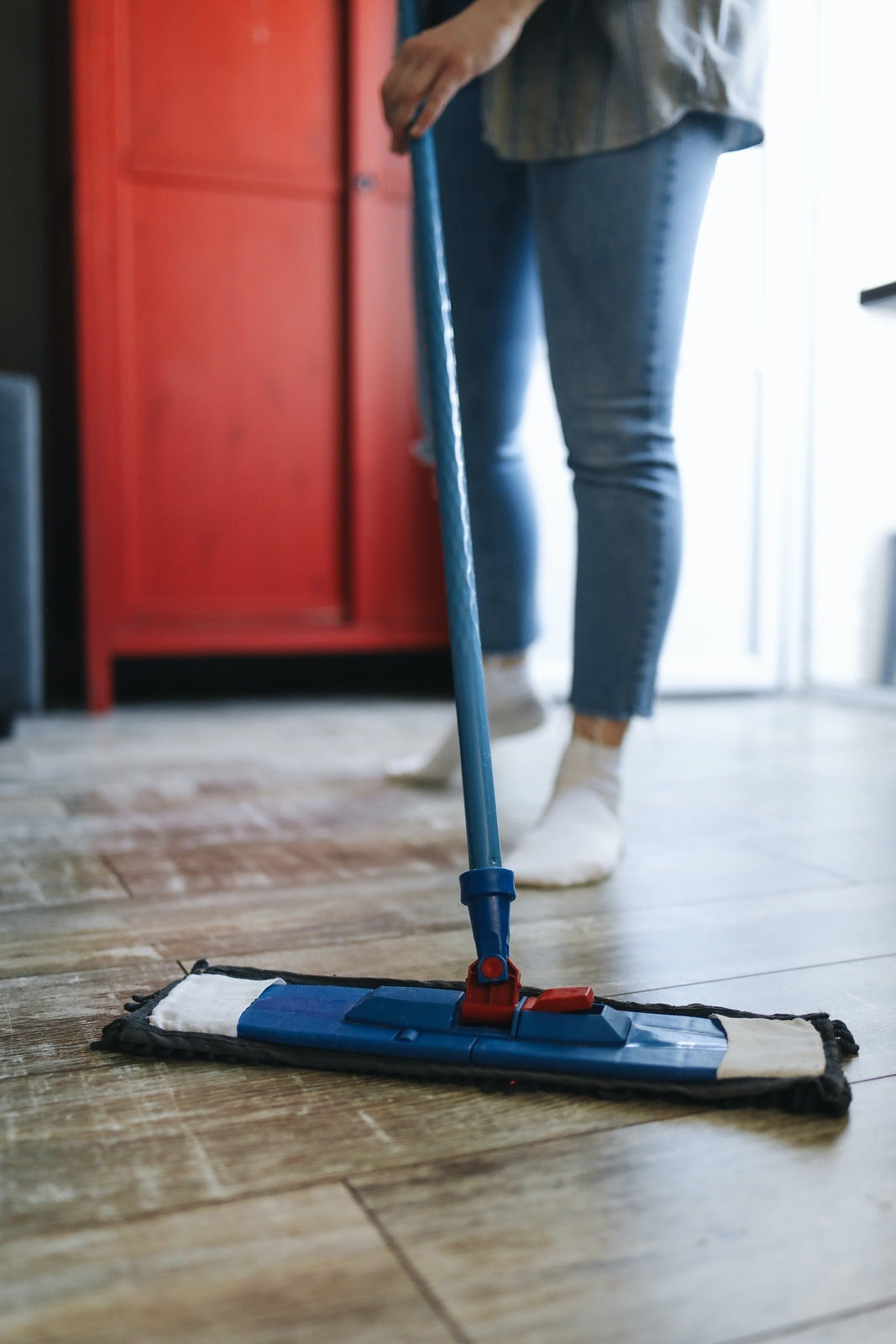

For those dealing with mould illness, avoiding mould exposure is the most important and the most difficult step. It is very difficult to fully recover from mould illness while still being exposed to high levels of mould and mycotoxins. In one study, 50% of people affected by mould felt significantly better just doing this first step
Exposure can be from
- Home, workplace, or other place you spent alot of time (ie school for children)
- Cars and vehicles
- Your belongings
- Food
If it is your home that is affected, there are basically 3 options
1. Remediate (fix the problem)
2. Move
3. Clean and improve ventilation/humidity (if problem is only due to poorly managed humidity and ventilation and mould has not affected any building materials ie gib)

Remediating
The first step is to adequately identify where the mould is and what is causing the
problem (see testing options here). Once you have identified the sources of the mould, then need someone to fix the problem for you.
You only want to remediate once, so finding someone who will do a good job is key. Unfortunately, compared to other countries, New Zealand doesn’t have a huge selection of professionals who specialise in remediating water-damaged building. We will aim to compose a list of companies and builders around NZ who can help. One company we have spoken with and seem very competent is CSSNZ
If you find a company or builder who can help you, here are some questions you can
ask (and let us know if it works out well!)
what will they do to contain the area?
The affected area should be sealed off from the rest of your house, and negative air scrubbers should be used to suck air out of the house. This means that any mould, mould fragments and mycotoxins which are released in the remediation process will all go
outside and not throughout your house
what protective gear will they use?
This is more to protect themselves, but it also means they take mould seriously. It should be something like a disposable Tyvek suit, safety glasses, respirator, gloves and shoe booties.
how will they remove the mould?
There are different opinions on how to deal with mould, but if the mould is substantial they more that is physically removed the better (ie replacing framing, drywall etc). Planing, wire brushing or sanding can also remove mould if it is superficial on wood. After removing it, it some remediators will treat the mould (ie hydrogen peroxide or Decon 30) and then seal the area to stop further growth. Be wary of companies that will just spray, seal, or fog the area with out properly dealing with the building materials.
They should also be doing a thorough cleaning of the house to remove any of the mould and toxins that have moved through the rest of the house.
Have a look at We Inspect’s 10 common remediation
mistakes to get an idea of what your remediator or builder should (and
shouldn’t) be doing. It is part of their FREE online Toxic Mould 101 course which we highly recommend. This course also goes through
- choosing the right testing and how mould can impact your house
- how to clean your stuff (ie once moved or remediated)
- air filters
- home cleaning protocol

Moving
Whether you own a house, or rent this is a big decision. We ended opting for this decision even after remediating our old house, and we felt that having a new (tiny) house that was well built with low toxic materials was our best chance to improve our families health. We were lucky to have that option, and I realise for others it may be harder to move and find somewhere healthy.
If you do decide to move, you want to get a good assessment of the house you are moving into. You can look at testing the house, or have an inspector look for signs of water damage.
(and remember that any house can have mould issues, not just the old ones). The online course moldfinders method can teach you how to inspect any home for signs of mould.
When you move, you don't want to bring the problem with you so the next part is dealing with your belongings

Cleaning vs discarding your belongings
If you move house, and just bring all of your stuff with you then you are just bringing the problem with you as certain materials will hold the mould, bacteria and mycotoxins, There are some people who just literally get rid everything they own and start fresh, but it is possible to clean quite a lot of your possessions so that they are safe to bring with you
Thisis a tricky process amd there is some conflicting advice as to what to keep-
which is probably because people have different levels of sensitivity.
I recommend looking at We Inspects cleaning guide which you can find in their free Toxic Mould 101 course.
Here are some key principles to go by
- anything with physical mould growing on them should be discarded
- non-porous items can be cleaned and kept
- some semi-porous items can be cleaned, but decisions will need to be made on each item
- most porous, cushioned items (ie cushions, mattresses) will need to be discarded
- clean your items outside of your house and protect yourself with PPE
- Store old possessions in sealed box in
an external location from your home (ie shed, garage). Sometimes it takes a few
month to sort through your possessions
When making decisions about whether to keep item, consider the value. If it is semi-porous or porous and you can replace it easily and fairly cheaply its probably not worth the risk of
keeping.

Food
Although food alone won't generally lead to Mould Illness, it can be a trigger for people already affected.
Certain foods have a tendency to grow mould, especially if they have been stored for a
long time and this can produce mycotoxins. Other foods may not contain mould or mycotoxins, but may feed mould that has colonised your body (think sugar!)
Keep following the foundational principles in EAT, and add in this layer of food
avoidance
- Sweets/biscuits/cakes etc
- Dried fruits
- Simple carbohydrates
- Peanuts and Peanut butter*
- Shelled nuts*
- Mushrooms
- Corn*
- Potatoes
- Pickes and Pickled foods
- Vinegar
- Soy sauce
- Grapes
- Aged and mould cheeses*
- Coffee*(some coffee has been tested for mycotoxins)
- Alcoholic beverages
- Fruit juice or sweetened beverage
- Fermented beverages (ie kombucha)
* potential source of mycotoxins
NOTE: This is a guideline only. There are different ideas about what needs to be avoided in mould illness, and everyone will react differently to foods. Use your body as a guide when fine tuning your diet.
As you heal and get to the end of the Build your DREAM Health process, you can reintroduce the food you cut out. Reintroduce one food at a time, and wait several days to see if you have any reaction.
For more information about this see Dr Cristas book Break the Mould

Looking at your car
Cars can be another source of mould exposure, as most people spend a fair bit of time in their vehicles. When I started getting very sensitive to mould, I started noticing whenever I drove our old Toyota Corolla my symptoms would get worse. It had alot of carpet and had had a few leaks in the past (and wet wetsuits oops). We sold that car but were able to clean our other car to an acceptable level and bought a good car air filter.
This is an area I would like to do more research into, as the air conditioning units in cars are prone to growing mould and I havent found an easy and non-toxic solution to fix this.
Here are some tips for cars
- If you are buying a car, leather seats are better for reducing mould growth
- Use something like Damprid in your car to reduce humidity
- Take care to not leave windows down while it is ranining
- Clean your car regularly with a HEPA vacuum and a good cleaning product (see below)
- Get a car air filter (at least HEPA grade but better if possible ie. IQ Air Atem)

Cleaning your house
Cleaning your house is an important part of both reducing mould in your house.
A good cleaning method is an important step after a successful remediation but also as a long term prevention, tool.
It will help prevent mould growth in the house by reducing dust and mould spores.
A key component of cleaning is a good HEPA vacuum. The HEPA filter will catch the mold spores rather than spray them around the house. A "HEPA sandwich" is when you vacuum- clean with a cleaning solution- and then vacuum again.
There are alot of different cleaning products out there. We like Benefact Decon 30 as it is uses natural ingredients and also has a surfacant which is great for physically removing mould spores vs just killing them.
Some mould experts such as Nicole Bijlsma and John Banta recommend just using a microfibre cloth with dishwashing liquid mixed with water. You can see John Banta's cleaning method here
We Inpect also have a cleaning method in there free Toxic Mold 101 course. We recommend check out both methods and go with the one that works best for you
Other potential cleaning products are EC3, vinegar and essential oil cleaners such a Thieves. You can also check out Dr Cristas handout on making your own. However non of these products have a surfucant, but you could mix it with dishwashing liquid or soap.
